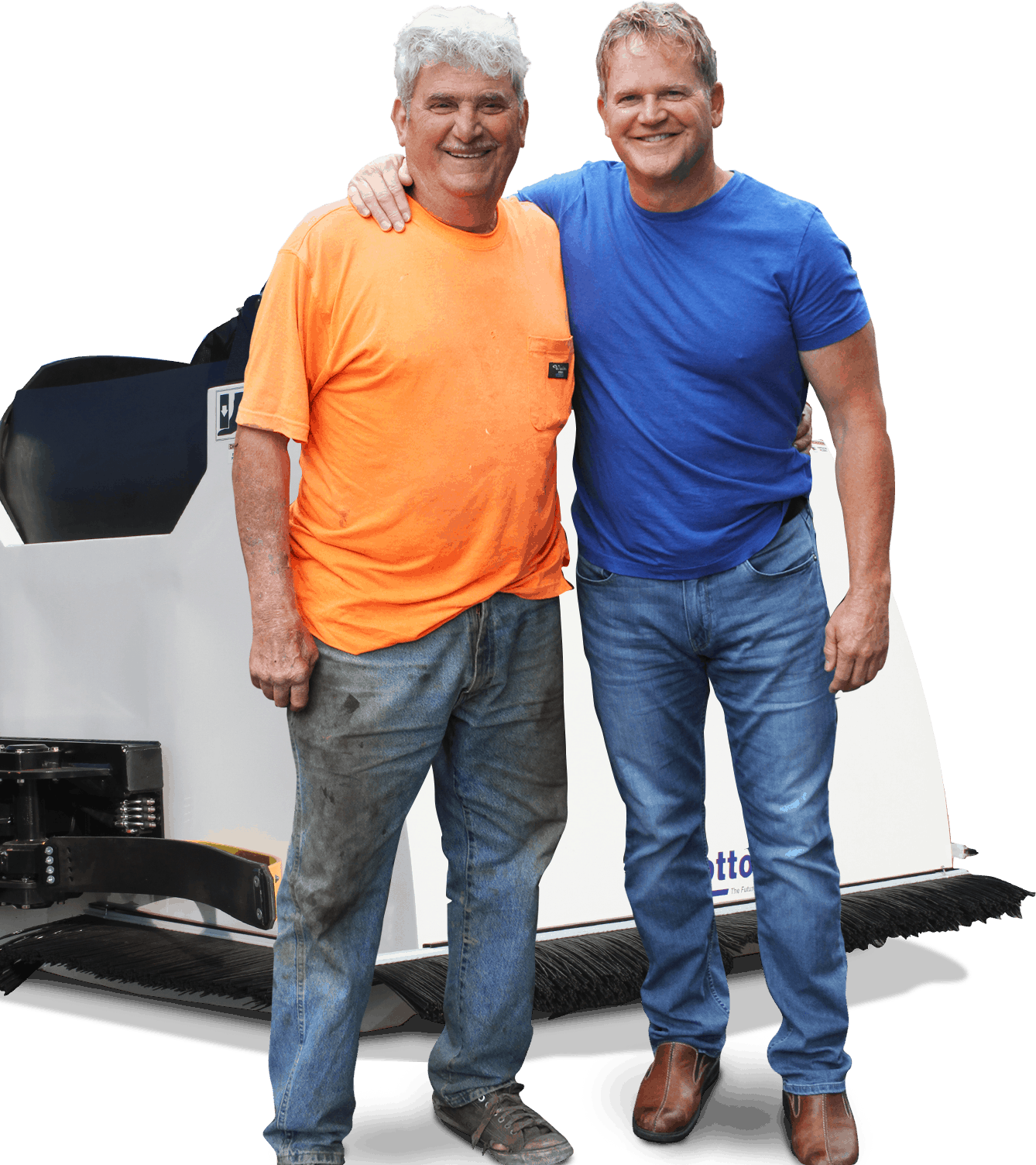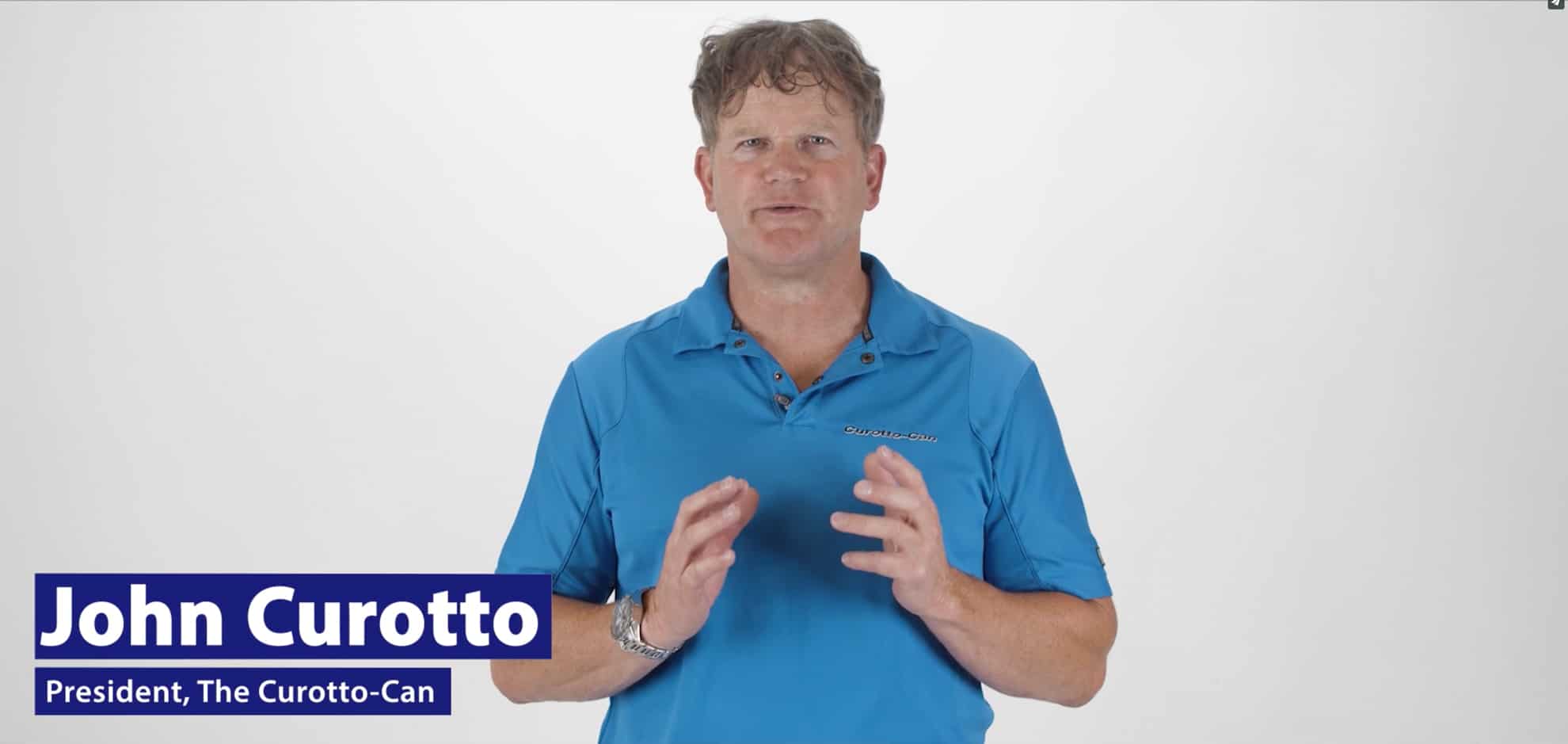John Curotto and his father, John Sr., have developed a very successful approach to the challenges of going automated. It started with the Green Waste Program implemented by Sonoma County during the early 1990s. John Sr. was a third-generation hauler who had serious concerns about going automated. It meant a significant investment in more trucks and operators and the return was not assured. A fully automated side loader (ASL) was expensive if it broke down, no collection happened on the route.
From his on-the-route experience, John Sr. knew that keeping equipment at 100% uptime was of prime importance. He thought that if they could mount an automated container to the front forks of their existing front loaders they would not have to make the investment in a new ASL. Also, if the cost of a front-mounted container was low enough, they could always have a spare on hand – thus keeping the truck on the route at all times. After years spent working on the back of a rear loader, John Sr. also knew how often batteries, motor oil, and other contaminants showed up in the waste stream. It was important to keep the waste stream clean in order to comply with the Green Waste Program.
Identifying contaminants was easy on a rear loader, but not possible on a standard ASL, as the dumping took place out of the operator’s view. Here was a second reason to mount an automated container to the front forks – the operator could easily see what was being dumped. This enabled the operator to see and then remove the contaminants. In the early 1990s their first home-built automated container was mounted on the forks of a front loader and out it went to work a residential route.
Success came slowly over the next year as they tackled each individual challenge. Eventually, they could pick up more than 1000 carts per day on their own routes while maintaining a high level of reliability they needed.
Eight years later John Jr. felt ready to set up a demo project using the Curotto-Can with one of the country’s biggest waste haulers in one of the harshest environments – the desert. In 1999 John Jr. put a Curotto-Can in Marino Valley, California. Working in blowing sand and 100 plus degree heat, the Curotto-Can serviced on average 1500 homes a day without a single failure during the three-and-a-half-month trial.
Production began in 2000 with the Curotto-Can I model. 2004 brought significant design improvements with the arm being moved to the rear for better weight distribution and increased smoothness of operation. Other improvements that year included adding special cylinder rods, simpler hydraulics, and fully sealed bearings as well as lowering the side opening to make hand-loading of heavy items easier for the operator. This model was dubbed the Curotto-Can II. In 2008, a major engineering effort increased the ruggedness of design. This model was called Slammin’ Eagle. Since 2008, a number of options have been introduced, most notably the Autocover and the Brush Kit which keep the route free of windblown debris.




